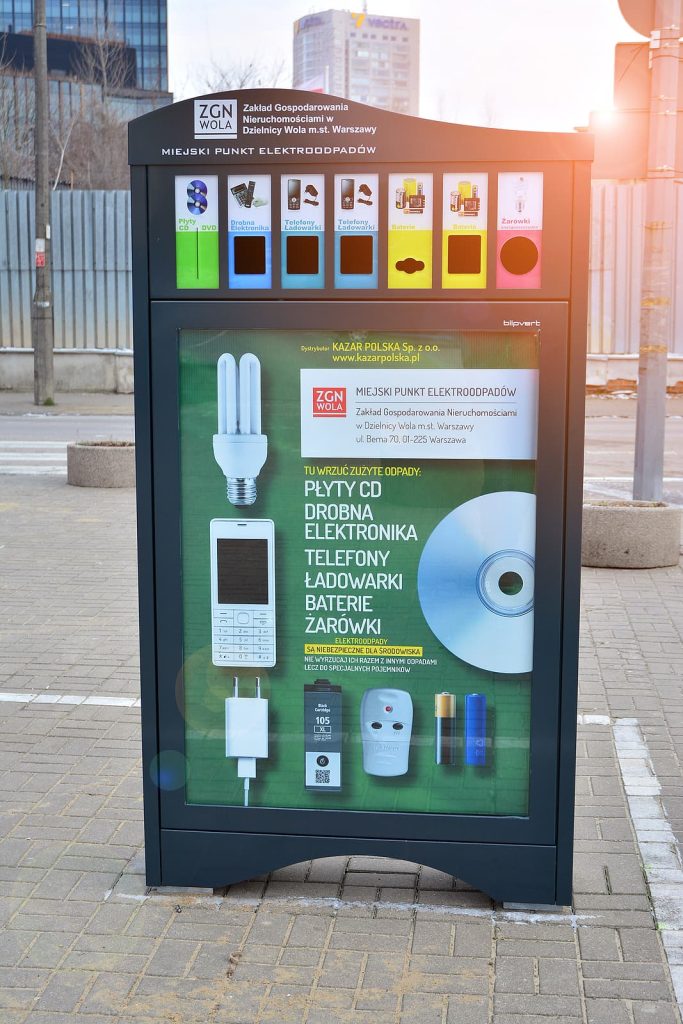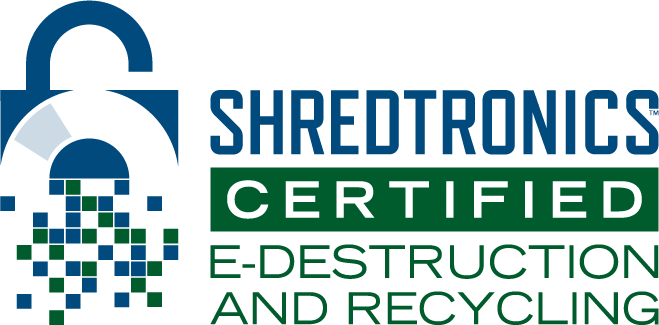
Remote and hybrid work launched as a grand experiment as offices closed down due to the pandemic. A few weeks out of the office turned into months and years. Now, for many workers, a remote or hybrid workspace is the new normal. While remote work was a success for many, it has also created a new problem. E-waste from remote work is now piling up in concerning amounts.
Workers sent home often required new technology, or had to bring office equipment with them. With computer life cycles typically around 3-5 years, it’s more than likely that much of that equipment sourced at the beginning of the pandemic is reaching its end. And with workers reliant on well-functioning technology now more than ever, replacing those old machines is important for employee satisfaction and productivity. This leads to the question: what do you do with that old technology?
The Unique Problem of Remote E-Waste
When technology aged out in the office, it was fairly straightforward to deal with. Companies would typically replace the old electronics in bulk. Once the new technology was set up, everything was still centralized, and the IT team could choose to recycle, reuse, or scrap it all in one sweep.
Recyclers and disposal services are also much easier to find for bulk disposal. It makes sound financial sense to send a truck to collect hundreds of computers and their respective equipment. In addition, ensuring data security wasn’t compromised was easier as well. IT Teams could run their own processes to wipe company data or ensure that all of the pick-up of the technology by a certified and trusted company
With the equipment now spread out, and most workers only having a laptop and the accompanying accessories, it creates new difficulties for collection and data security. It’s not realistic for IT teams or trucks to go to each individual location for pickups. On the other hand, shipping each individual piece of equipment creates logistical and security headaches.
What to do with Remote Work E-Waste
Thankfully, there is a better way. E-recyclers and e-waste companies often possess drop-off locations, where employees can go to drop off their old technology. Employees thus can find a convenient location for them. Even better, with certified e-recyclers, they’re typically able to receive a certificate of destruction.

This certificate of destruction guarantees that the technology has been properly destroyed. Meaning that the data on the device is safe from bad actors. After they pick up the electronics from the drop-off location, these recyclers then will take the destroyed technology and recycle it, allowing companies to contribute to sustainability, while protecting their data at the same time.
The Importance of Sustainability for E-Waste
E-waste is quickly becoming one of the largest waste streams in the world. Electronic waste generation worldwide was around 62 million tons in 2022, and that number continues to increase exponentially. While technology is not toxic when it’s in use in an office or at home, it quickly turns toxic when you improperly dispose of it in landfills.
The heavy metals used in the production of technology seep into the ground and water of landfills. This creates serious health concerns for people and the environment. Not only are these metals dangerous to human health, they’re not limitless. We only have a finite amount of heavy metals and rare earth metals available to mine, and supply shortages could get worse in the near future.
E-recycling alleviates this problem. Nearly every part of technology is recyclable. When these resources get re-used, it means that new resources don’t have to be found and extracted. E-recycling thus becomes doubly important for a sustainable future.
ShredTronics Can Help
If you’re looking to find secure drop-off locations or providers for yourself or your company, ShredTronics can help. Our providers guarantee secure electronics disposal and recycling, and we can connect you to one within minutes. Call us at 844-648-4908 or fill out the form on the page, and one of our agents will be happy to help.











